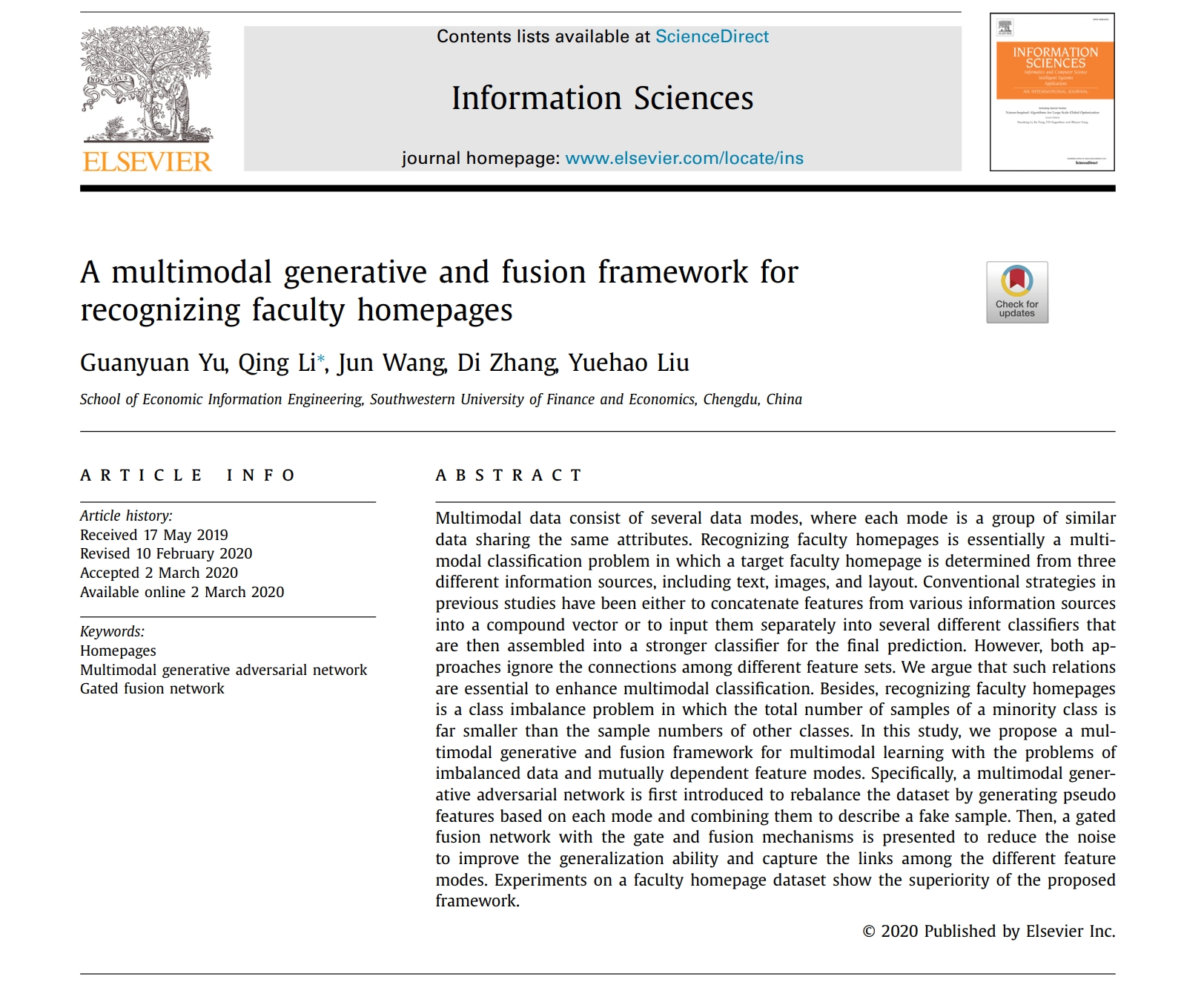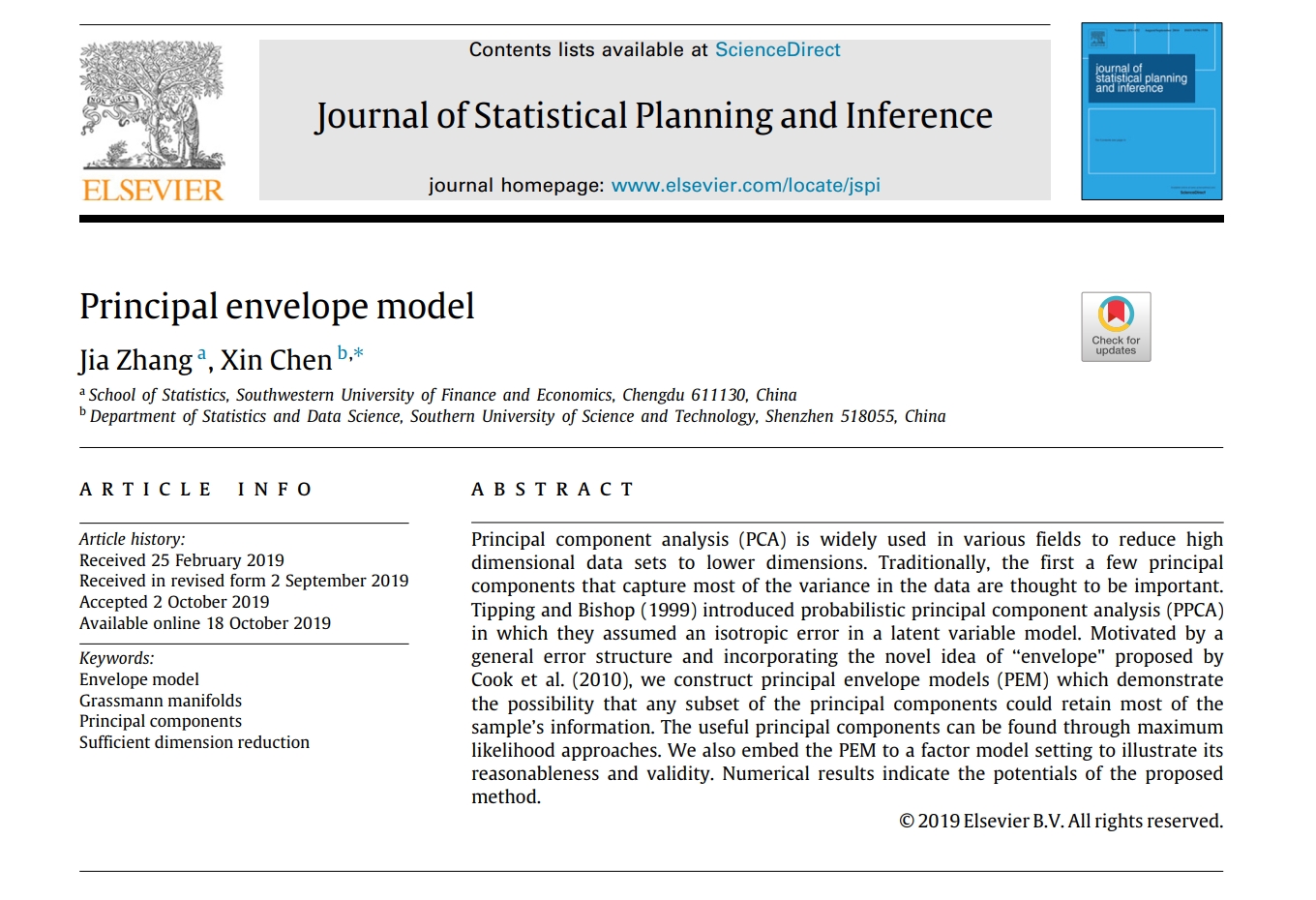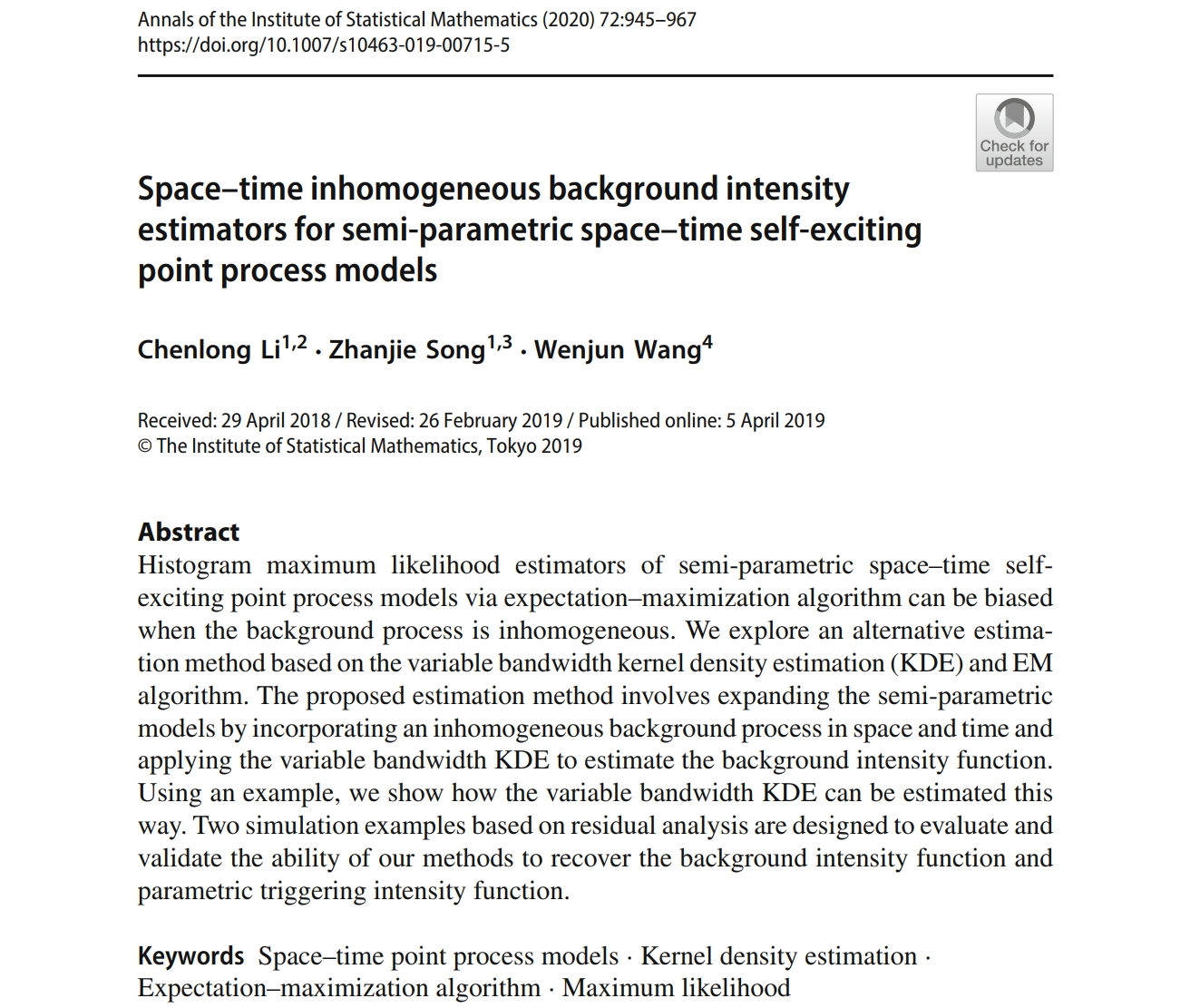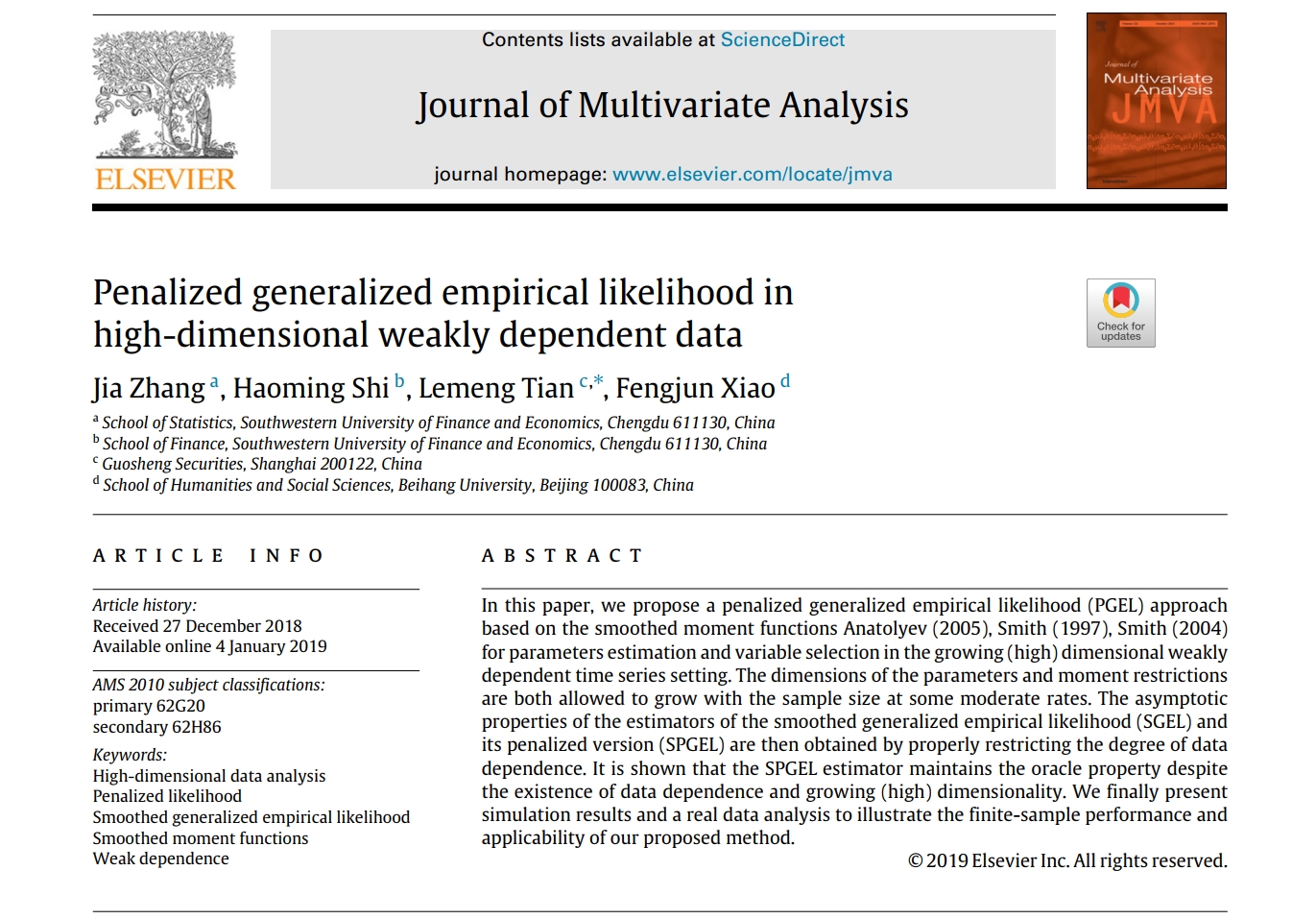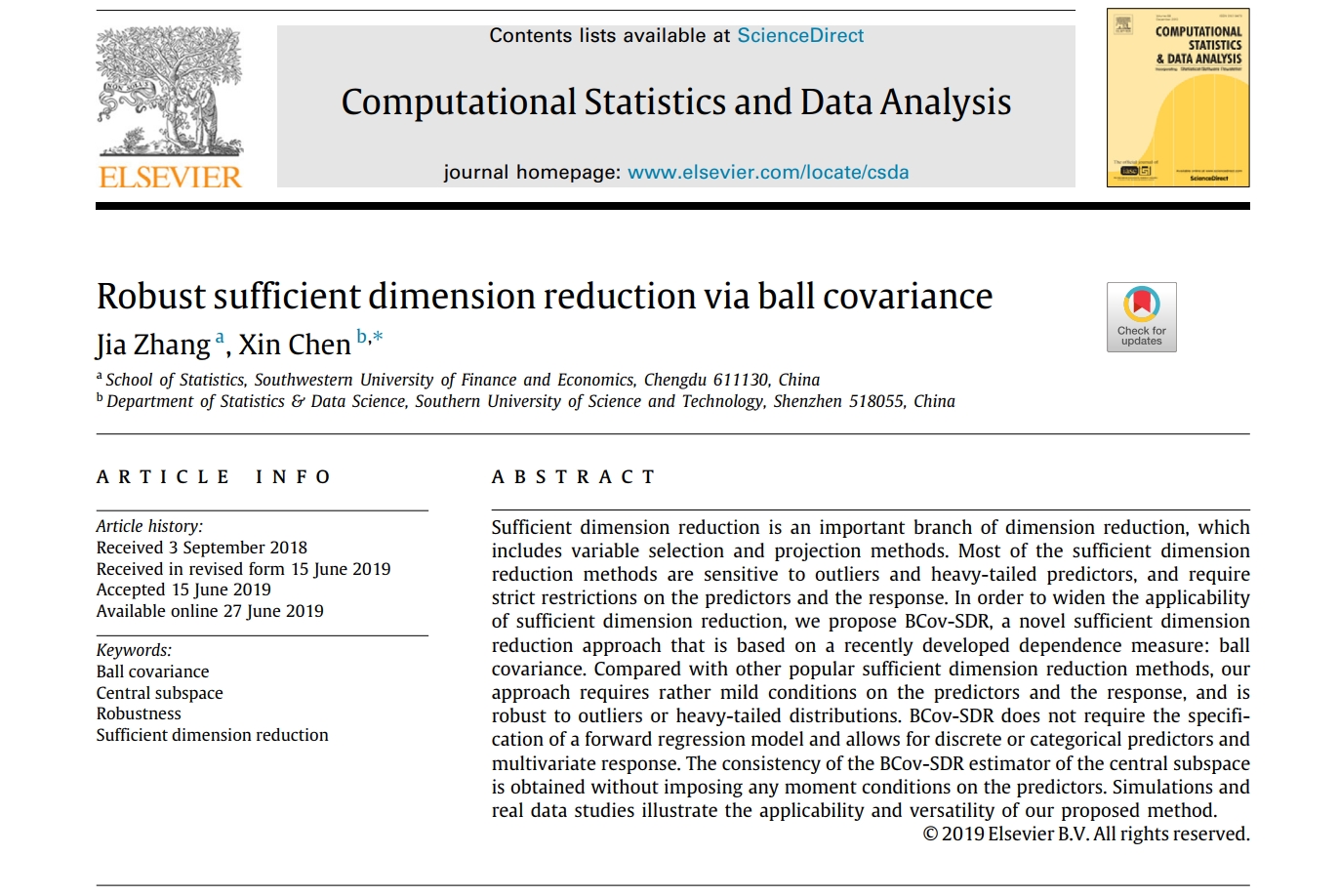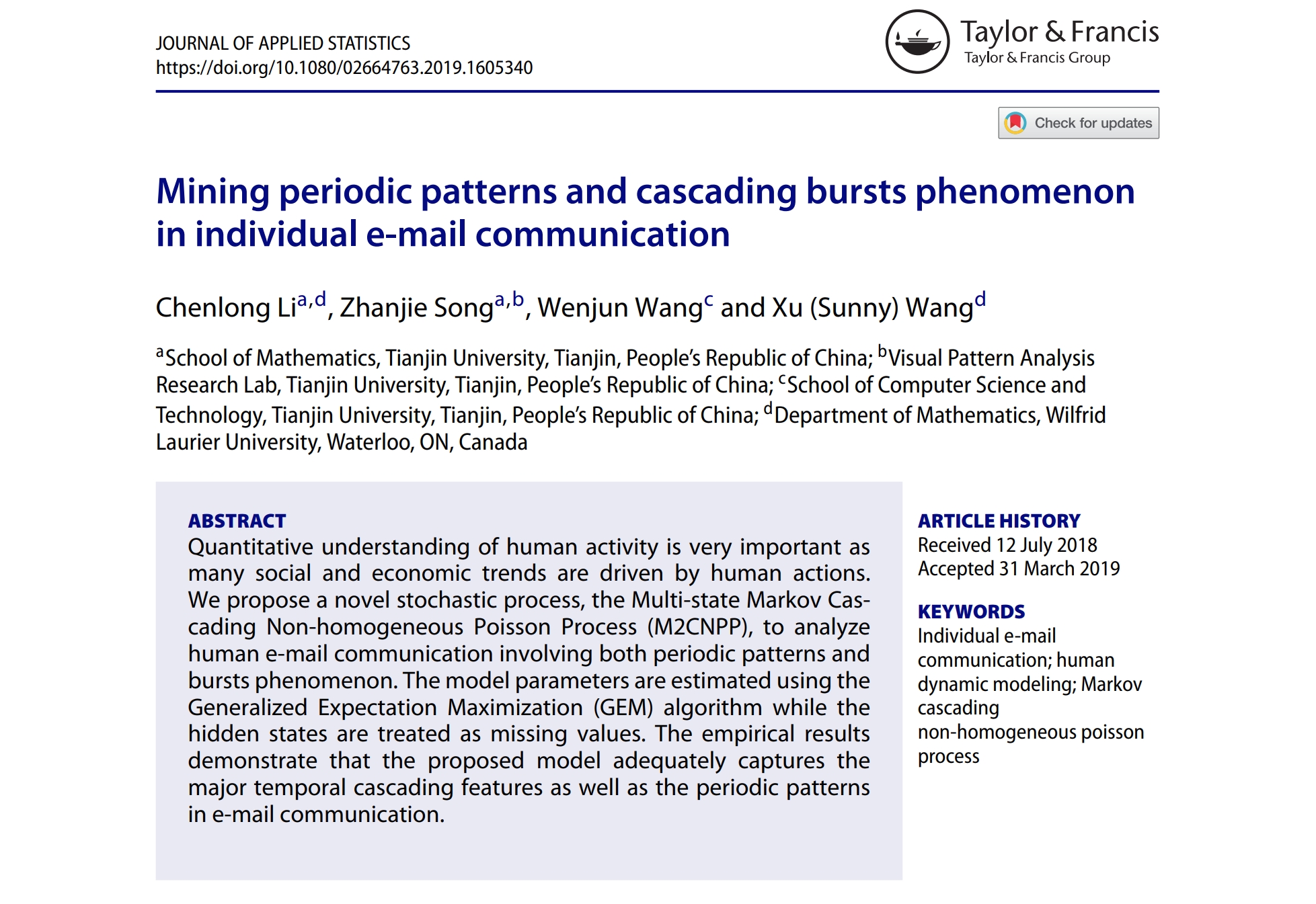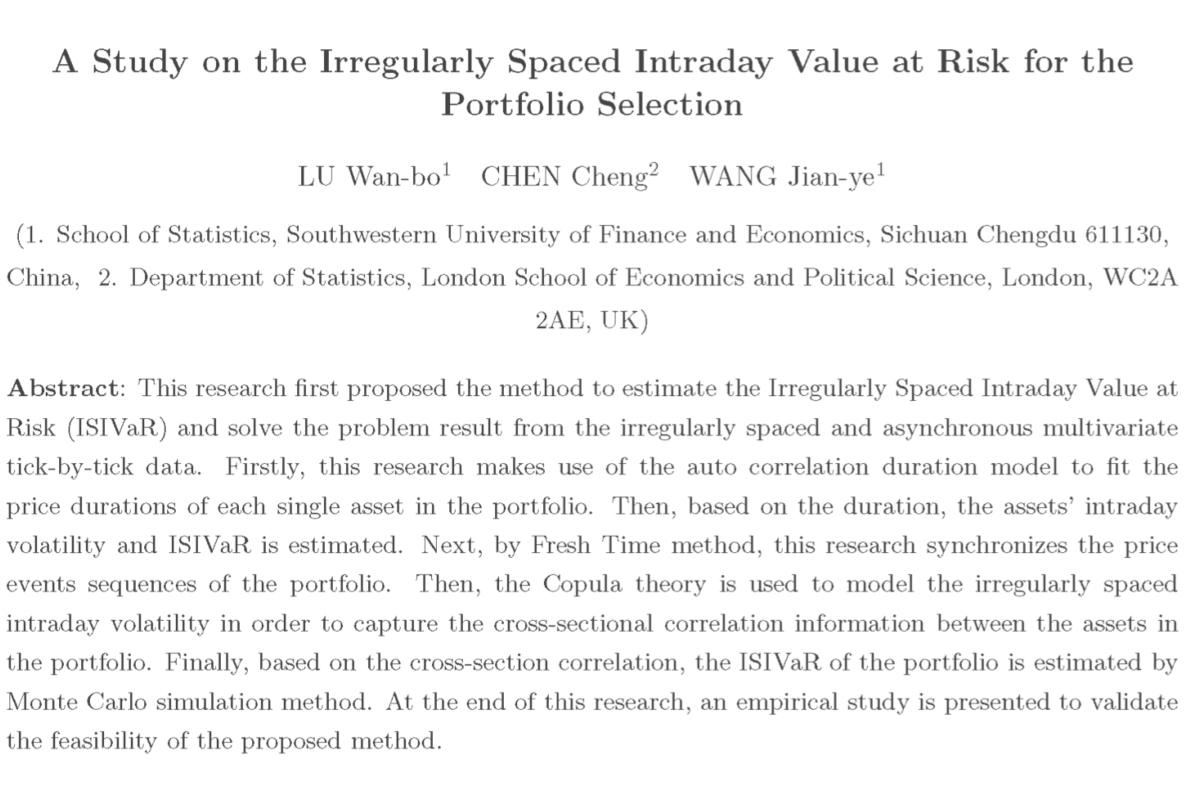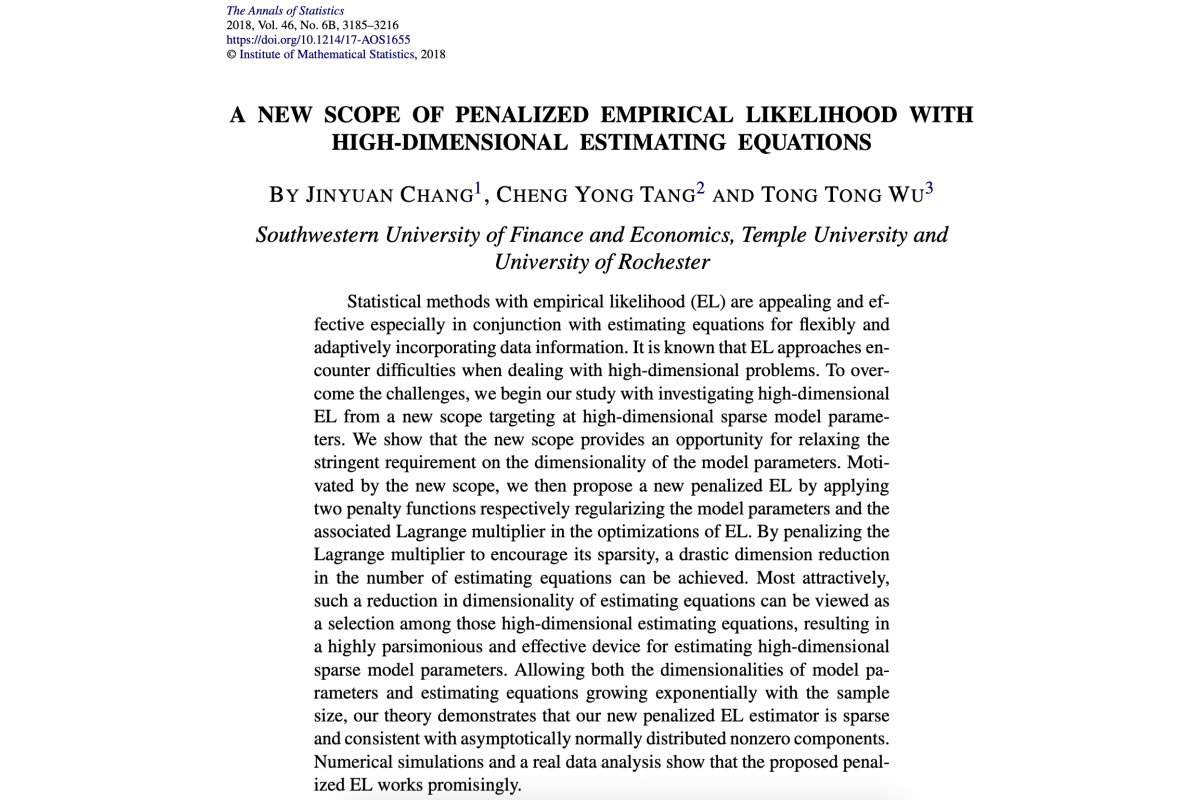
Li, Q., Yu, G., & Liu, Y. (2020). A deep multimodal generative and fusion framework for class-imbalanced multimodal data. Multimedia Tools and Applications, 79, 25023-25050.
The purpose of multimodal classification is to integrate features from diverse information sources to make decisions. The interactions between different modalities are crucial to this task. However, common strategies in previous studies have been to either concatenate features from various sources into a single compound vector or input them separately into several different classifiers that are then assembled into a single robust classifier to generate the final prediction. Both of these approaches weaken or even ignore the interactions among different feature modalities. In addition, in the case of class-imbalanced data, multimodal classification becomes troublesome. In this study, we propose a deep multimodal generative and fusion framework for multimodal classification with class-imbalanced data. This framework consists of two modules: a deep multimodal generative adversarial network (DMGAN) and a deep multimodal hybrid fusion network (DMHFN). The DMGAN is used to handle the class imbalance problem. The DMHFN identifies fine-grained interactions and integrates different information sources for multimodal classification. Experiments on a faculty homepage dataset show the superiority of our framework compared to several start-of-the-art methods.

